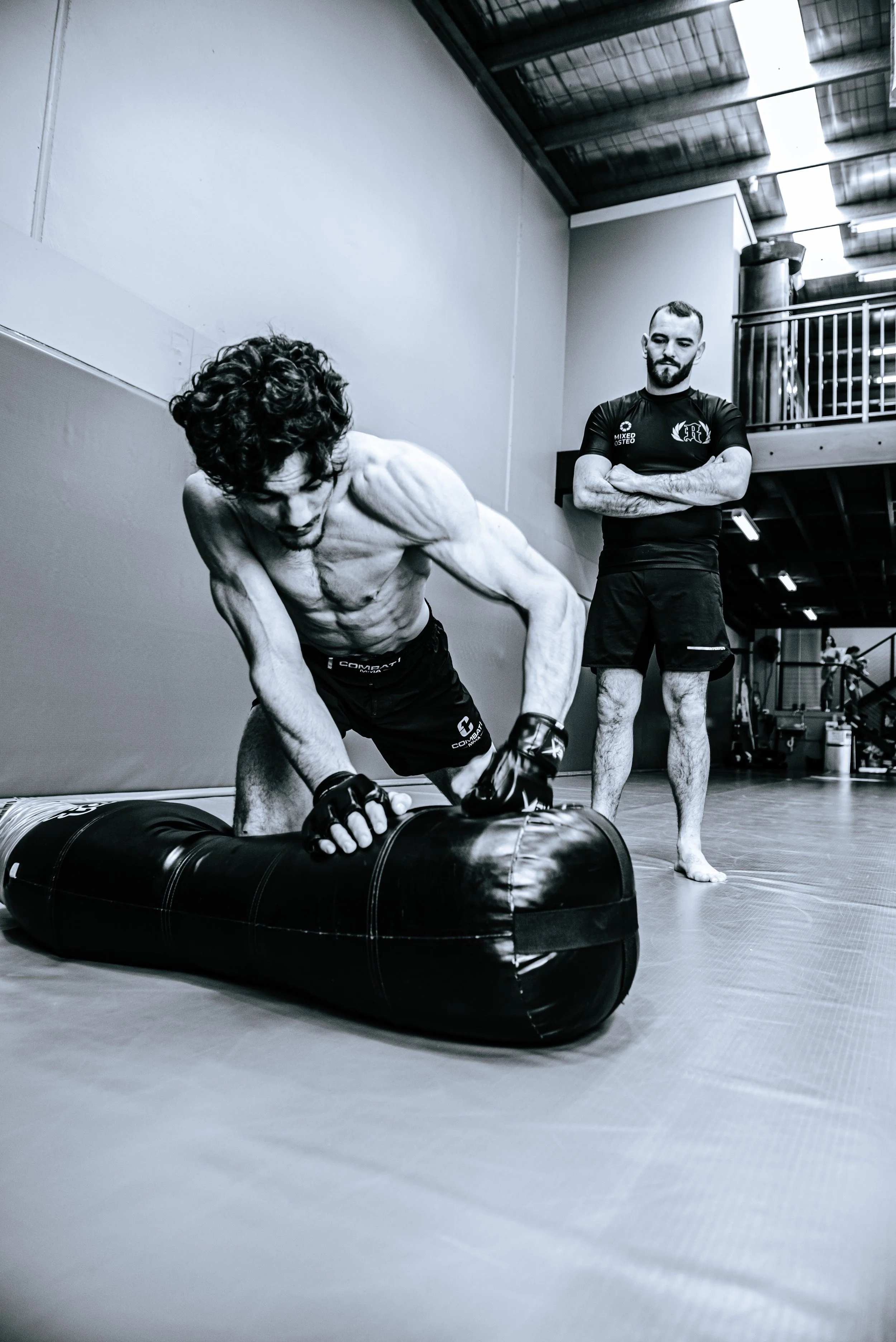Common Causes of Neck Injuries in Boxing
Boxing is an intense sport that pushes your body to its limits. The neck, responsible for supporting and stabilising the head, endures significant strain during both training and competition. Here are the most common causes of neck injuries in boxing:
Direct Impact Trauma:
Boxing involves repeated blows to the head and neck area. Even when wearing protective gear, the force of a punch can strain the neck muscles, ligaments, and cervical spine. The cumulative effects of trauma can lead to chronic pain and even nerve damage if left untreated.Repetitive Stress & Overuse:
Long hours of sparring, bag work, and strength training often lead to chronic tension in the neck muscles. Over time, improper posture or technique during these activities can result in overuse injuries.Whiplash Effect:
The rapid back-and-forth motion of the head during a punch—whether you're dodging, absorbing, or countering—can mimic whiplash. This sudden motion places immense strain on the cervical spine, leading to muscle tears or ligament sprains.Guarding Posture:
Maintaining a tight guard is essential in boxing, but prolonged contraction of the neck and upper back muscles can lead to stiffness, reduced mobility, and muscular imbalances.Poor Biomechanics:
Suboptimal movement patterns, such as improper alignment of the head and spine during punching, can cause added stress to the neck over time.
Neck injuries in Boxing
Common Types of Neck Injuries in Boxing
Understanding the specific injuries that boxers face can help identify symptoms early and guide proper treatment:
Cervical Strain:
Overstretching or tearing of neck muscles due to repetitive movement or sudden impact. This can result in soreness, stiffness, and limited mobility.Cervical Disc Herniation:
Repeated trauma or heavy loads can lead to a herniated disc in the cervical spine. This injury often causes radiating pain, numbness, or weakness in the shoulders and arms.Facet Joint Irritation:
These small joints between the vertebrae in the neck can become inflamed, leading to localised pain and difficulty moving the head.Nerve Impingement:
Blows to the head and neck can irritate or compress nerves, resulting in tingling, numbness, or shooting pain into the arms or shoulders.Tension Headaches:
Chronic tension in the neck muscles can radiate upward, causing headaches and discomfort during or after training.
Symptoms to Watch Out For
If you're experiencing any of the following symptoms, it’s important to seek treatment as soon as possible:
Persistent stiffness or reduced range of motion in the neck
Pain radiating to the shoulders, arms, or upper back
Numbness or tingling sensations in the arms
Frequent tension headaches
Sharp or shooting pain in the neck during specific movements
Weakness in the upper body
Ignoring these symptoms can lead to long-term complications, reduced performance, and a higher risk of further injury.
How Mixed Osteo Treats Neck Injuries in Boxing
At Mixed Osteo, we specialize in treating neck injuries in boxers by addressing the root cause of the pain and dysfunction. Our comprehensive approach includes:
Manual Therapy:
Using hands-on techniques, we work to release tension, restore mobility, and realign the cervical spine. This helps reduce pain and improve function.Functional Rehabilitation:
We design tailored exercises to strengthen the neck, shoulders, and upper back while correcting muscular imbalances. These exercises not only aid recovery but also help prevent future injuries.Postural Assessment & Correction:
Proper alignment of the head, neck, and spine is essential for boxers. We educate our clients on maintaining optimal posture during training, sparring, and daily activities.Neuromuscular Training:
By retraining the neck and surrounding muscles to respond more effectively to movement and impact, we can enhance stability and reduce strain during boxing.Pain Management:
For acute injuries, we use techniques to manage inflammation and pain, allowing boxers to continue training safely.Holistic Approach:
Since boxing is a full-body sport, we evaluate and treat the entire kinetic chain, ensuring that issues in other areas (e.g., shoulders, hips) aren’t contributing to neck strain.
Preventing Neck Injuries in Boxing
Prevention is always better than cure. Here are a few tips to protect your neck while boxing:
Warm-Up Properly: Include neck mobility and strengthening exercises in your warm-up routine.
Focus on Technique: Ensure proper alignment of the head, neck, and spine during punching and dodging movements.
Build Strength: Incorporate exercises like isometric holds, resistance band work, and scapular stability drills to strengthen your neck and upper back.
Rest & Recover: Allow your body adequate time to recover between intense training sessions.
Listen to Your Body: Don’t ignore persistent pain or stiffness—early intervention is key.
Neck injuries in boxing are not to be taken lightly. Whether caused by trauma, overuse, or poor biomechanics, they can significantly impact a boxer's performance and overall well-being. At Mixed Osteo, our goal is to keep fighters in top shape by providing personalised treatment plans that address the root causes of pain and dysfunction.
If you’re dealing with neck pain or want to prevent injuries before they happen, book an appointment with Mixed Osteo today. Let’s keep you fighting fit! 🥊


